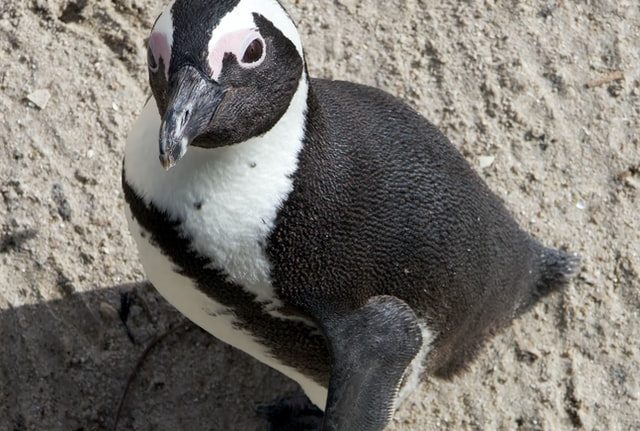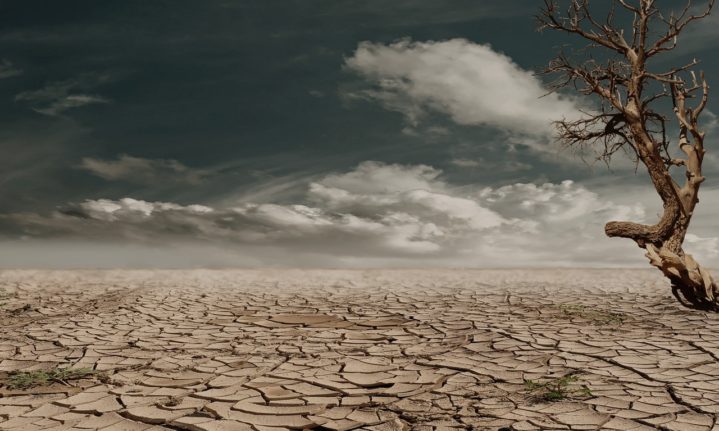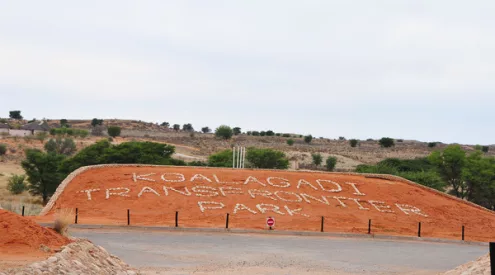Oceans cover over 70% of the Earth’s surface. Oceans are integral to all life forms; people all around the world depend on the ocean, whether it be as a source of income or as a source of food. Although 70% seems a significant and seemingly endless percentage, this could not be further from the truth. As it stands, humanity poses the greatest threat to oceans by pollution, overfishing, accelerating climate change and habitat destruction.
World Ocean Day is celebrated on 8 June annually and is dedicated to educating the public on humanity’s impact on oceans. So, let’s have a look.
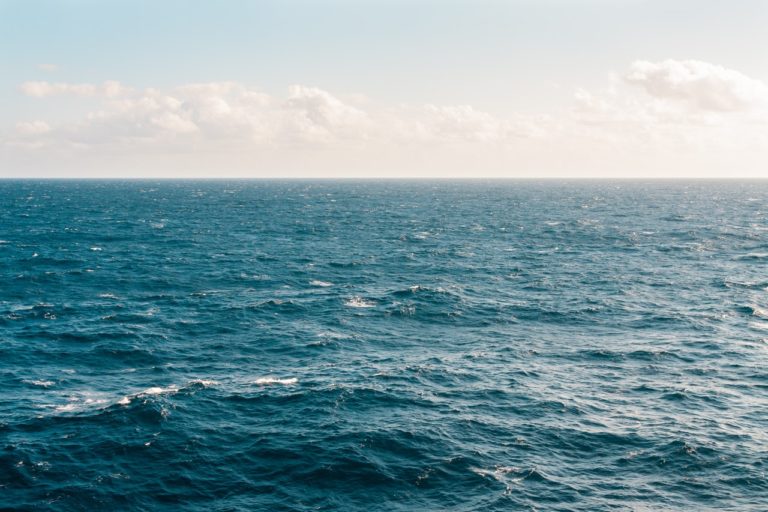
Credit: Pexels
The issue
Threats to South Africa’s oceans
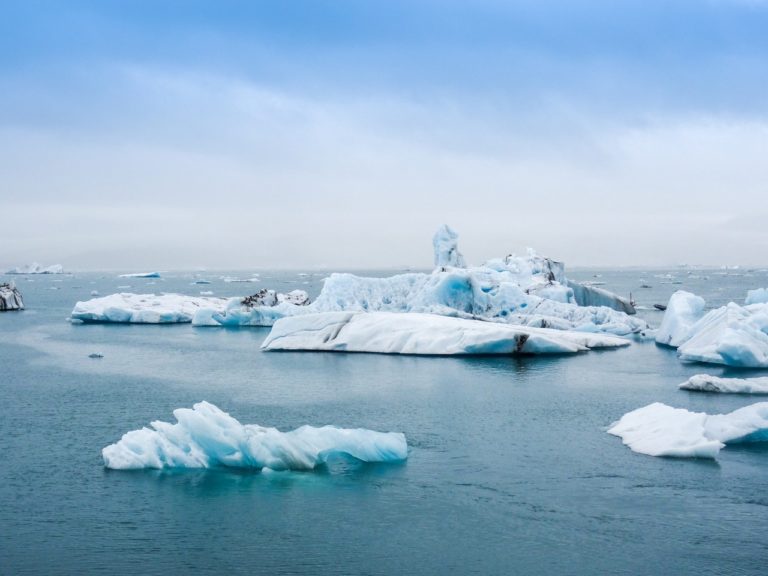
Credit: Pexels
WWF notes the following effects of the threat of climate change on South Africa’s oceans:
- Sea temperature changes
- Increased coral bleaching
- Rising sea levels
- Increased coastal erosion
- Shifting distributions of small pelagic fish and rock lobster, leading to ecological changes disturbing resource management.
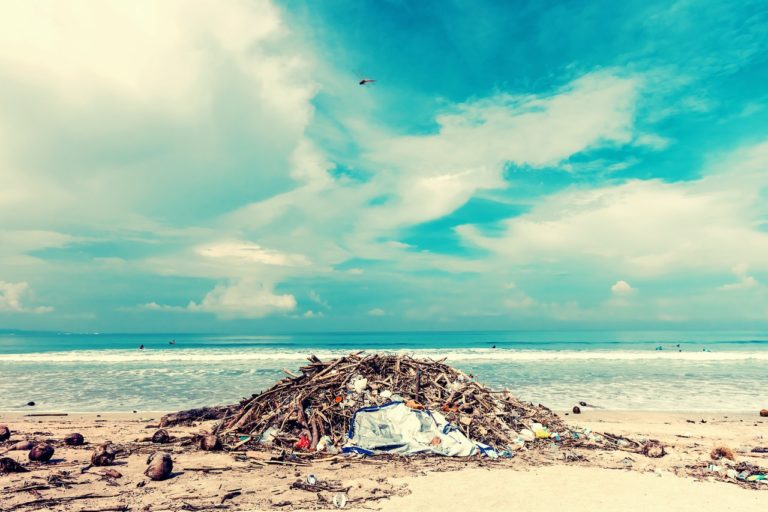
Credit: Pexels
More directly, over 80% of the ocean’s pollution is the result of land-based activities, such as:
- Plastic pollution and garbage, especially those disposed improperly or non-recyclable materials.
- Unmanaged sewage waste
- Toxic chemicals from industrial areas
- Fertilizer runoff from farms
- Oil spills
Why you should care
Marine biodiversity
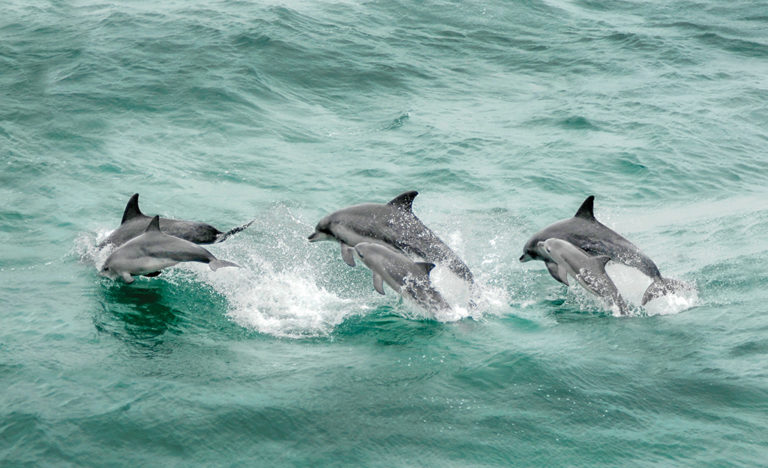
Common dolphins in Addo Elephant Park’s Marine Protected Area. Credit: Getaway Gallery
Africa is well known for its extraordinary biodiversity and has several World Heritage Sites attesting to its value, such as the Cape Floral Region that encompasses 13 sites or clusters and includes marine areas. From the critically endangered fynbos to the critically endangered African penguin, South Africa has exceptional flora and fauna on land and in the oceans.
Surrounded by the Indian and Atlantic oceans, and under influence of the Southern ocean, South Africa currently has at least 12 914 species of marine biota recorded, representing 15% of the marine biota in the globe.
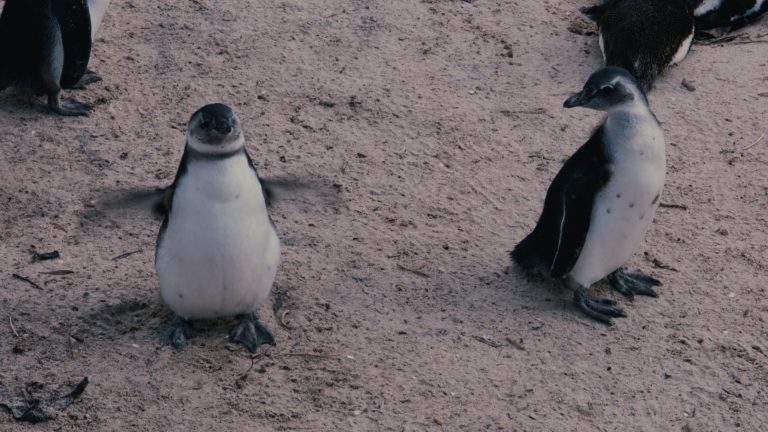
African penguins at Boulders Beach. Credit: Unsplash
These species can be found in various ecosystems such as estuaries, lagoons, salt marshes, mangroves, dunes and wetlands. Several flagship species call South Africa’s waters their home, including but not limited to the following:
- 22 species of albatross, including the wandering albatross.
- Five out of the seven marine turtle species, namely leatherbacks, loggerheads, green, hawksbill and Olive Ridley
- 37 cetacean species, including the blue whale
- 181 cartilaginous fish, including the critically endangered great white shark.
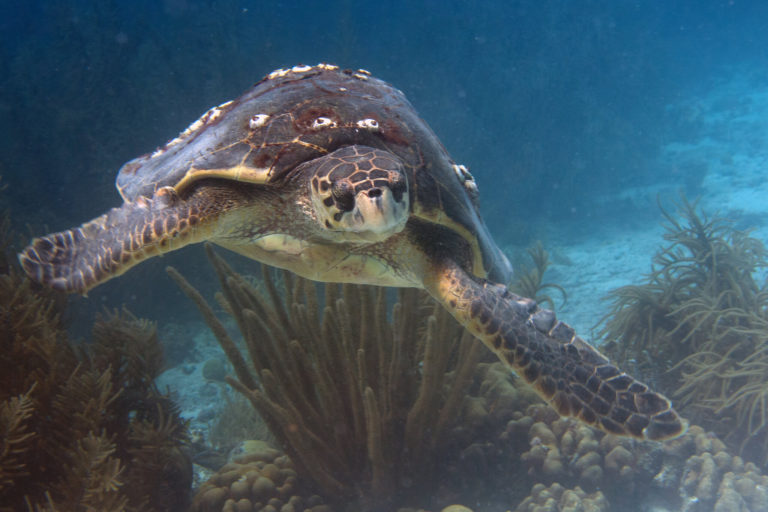
Loggerhead turtle. Credit: actor212/Flickr Commons
South Africa also has several Hope Spots – special areas of conservation that are integral to the health of the ocean – including False Bay, home to South Africa’s iconic kelp forests.
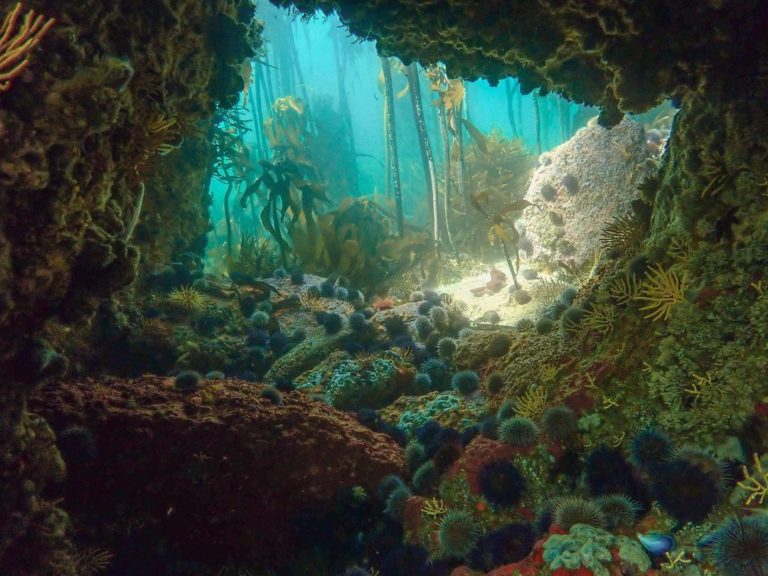
Kelp forests, Muizenberg. Credit: Cape Town Freediving Centre
Climate
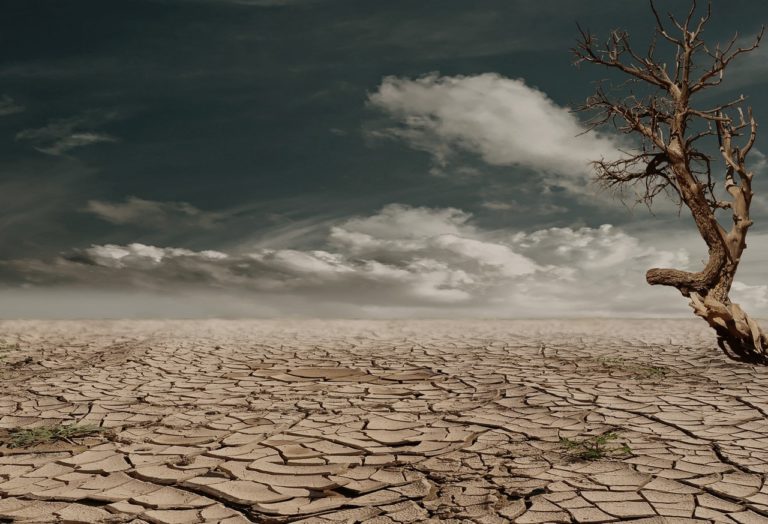
Credit: Pexels
South Africa is situated between two ocean currents, the warm Agulhas and the cold Benguela. The former does not have large fish stocks but boasts stunning biodiversity whereas the latter makes up the majority of South Africa’s fisheries, especially those focused on hake, sardine and anchovies.
These currents are what drives South Africa’s rainfall and climate, according to the World Wildlife Fund (WWF).
Economy

Credit: Pexels
South Africa’s coastal waters contribute millions to the national economy annually, with coastal products and services making up 35% of the country’s gross domestic product. South Africa’s fisheries have 22 sectors with over 2 900 right holders and almost 2000 vessels. In 2012, annual production from the industry was over 600 000 tonnes, worth a total of R5.8 billion. Under Operation Phakisa, South Africa;s oceans are predicted to contribute up to R177 billion to the GDP by 2033.
Moreover, seafood consumption in South Africa is sky-high, with approximately 312 000 tonnes eaten annually. Fisheries contribute 0.5% to South Africa’s GDP and over 100 000 peoples livelihoods depends on fisheries, as food source and main income.
What you can do

Credit: Pexels
Here’s how you can do your part for the health of our oceans, courtesy of the Western Cape Government.
- Reduce plastic consumption by purchasing reusable utensils, shopping bags and water bottles.
- Use the Sustainable Seafood Guide when buying seafood to make an informed choice.
- Dispose of chemicals properly. Do not pour pharmaceuticals, paint, oil or other chemicals down the drain or into toilets. Check with your local municipality or hazardous waste programme to ensure these chemicals stay out of rivers and oceans.
- Be environmentally conscious when purchasing household cleaners and detergents.
- Encourage indigenous plant species growth by planting them in your garden.
- Don’t overwater your grass or garden.
- Keep the beaches clean, take your trash with you when you leave. Pick up trash lying around, even if you aren’t the one who left it there.
- Be environmentally conscious when choosing your holiday destination; only pick places that are eco-friendly.
- Buy local organic food.
ALSO READ
Sustainable Seas Trust invites public to submit ideas on reducing waste












